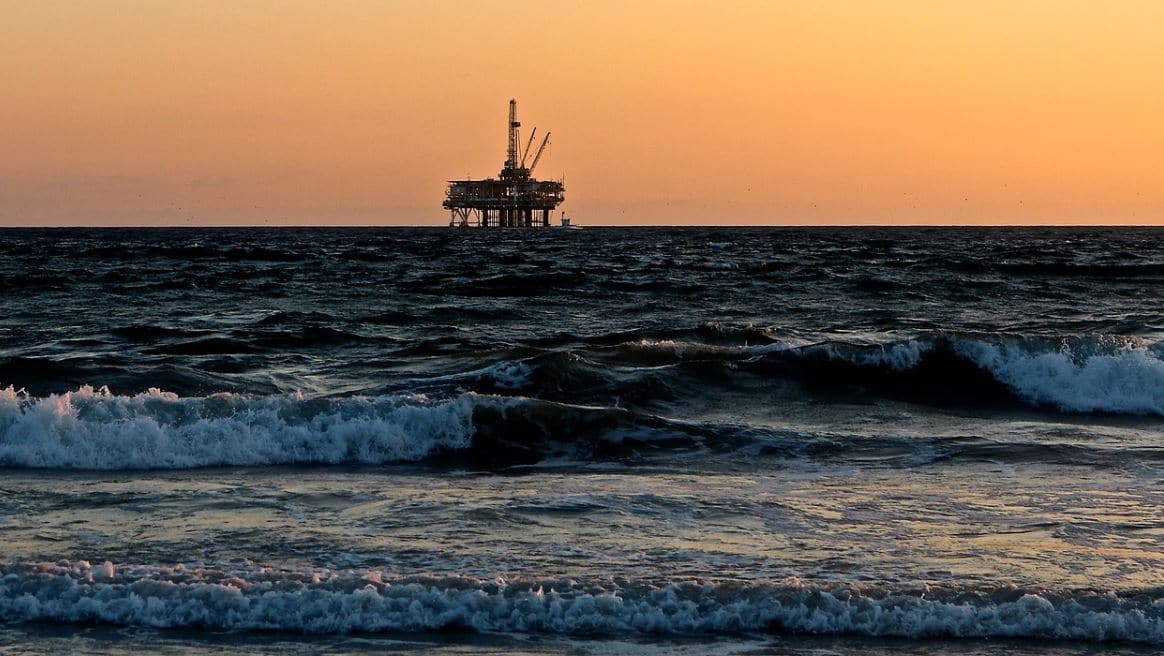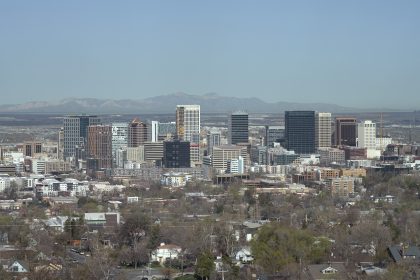Three Data-Driven Trends That Will Future-Proof Oil & Gas — and Protect the Environment
COMMENTARY

Amid growing concerns around climate change and carbon emissions, consider some brass tacks market predictions for the energy sector in this decade. Valued at $881.7 billion in 2020, the global renewable energy market is expected to reach almost $2 trillion by 2030, growing at an 8.4% compound annual growth rate in that time frame, according to recent research. That’s an impressive showing, but still only a fraction of the market compared with fossil fuels. The oil and gas market was valued at around $6 trillion in 2021 and is expected to reach about $10 trillion in 2026, with a CAGR of 11.1%.
These forecasts tell a compelling story: A century from now the energy landscape may look quite different, but at present and for decades to come, oil and gas infrastructure will remain a reality. As science continues to sound alarm bells on behalf of the planet, what can the oil and gas industry do to reduce environmental impact and stay competitive as renewables continue to grow?
The answer isn’t particularly outrageous or scandalous. It involves incremental data and the physical integrity of critical infrastructure across the energy sector. Protecting oil and gas infrastructure assets with data- and AI-driven technology is a concrete way to future-proof the industry. Three trends are taking shape that will impact the energy markets for decades to come.
Detecting granular change on pipelines will become more widespread.
Using data and AI to meet safety and compliance standards and dramatically improve pipeline observability will continue to be especially relevant for the oil and gas industry. In 2023 and beyond, we’ll see a steadily growing emphasis on improving the observability of large-scale infrastructure assets in order to maintain their integrity before problems arise, problems like cracks and leaks that turn into spills, then contaminate land and water.
Aircraft and ground teams have long been used to view pipelines, collect images and report anomalies, but their capacities for systematic detail are limited. Drones, high-resolution cameras, sensors and change detection software, on the other hand, are revolutionizing the way aerial data is acquired, analyzed and actioned. These innovative aerial data solutions are increasingly being deployed to detect hard-to-find problem areas — and changes in those areas over time — so that companies can act swiftly to prevent disaster.
These drones, carrying sophisticated cameras and sensors, like methane sensors, are capable of scanning in intricate patterns along assets, beyond visual line of sight, to gather tremendous amounts of high-resolution visual data from every angle. With this data, companies can ensure a regular, systematic approach to data collection and automate key parts of data collection, processing and analysis. With frequently gathered granular data in regular, repeated patterns, companies can better detect and track changes along pipelines.
Companies can also combine this data with data from other sources — like other sensors, satellites, other mobile robots, field notation from ground teams, aircraft and especially historical data already in databases or data lakes — to build a digital twin of an infrastructure asset.
With high-quality, abundant data points fed into software on a regular basis, a digital twin can capture the exterior and interior of a pipeline, and can be used to monitor different erosion patterns, vegetation growth, human activity impact, and how minute cracks and imperfections are expanding over time. The same can be done for other kinds of infrastructure assets across the energy sector and other sectors like telecommunications.
AI will power predictive analytics for large-scale field assets.
Imagine you have two photo comparisons of a pipeline crack. That’s a little better than having one image. If you have a digital view informed by thousands of comparisons of a crack, that data reveals extremely granular changes over time and documents how the crack developed and is evolving.
You can apply machine learning algorithms to this data, generate models and understand faster and better how other cracks might develop in the future. The predictive analytics and predictive timeline that are possible empower companies to prevent disasters by getting ahead of environmental threats and pinpointing maintenance on hundreds and hundreds of miles of pipeline.
In the decades to come, AI will empower this kind of proactive approach to asset integrity. Companies will be able to generate reality-based “what if” scenarios with predictive analytics. Taking a proactive and preventative stance with pipeline maintenance may sound basic, but data- and AI-driven improvement in this area is transformative for the industry. And it’s a concrete way for oil and gas to demonstrate a genuine commitment to environmental protection, while protecting against product loss and meeting regulatory standards in a cost-effective way. Those standards are only likely to tighten in the immediate and long-term future. Staying ahead of them is smart business.
Oil and gas will coexist with alternative energy sources for a long, long time.
It’s true that electric cars are becoming more and more popular. But in a world dependent on electric grids and electric charging stations fed by the grids, it’s key to remember that this infrastructure is subject to even greater volatility than oil and gas when demand is high. Data from grid operators themselves show as much. Consider the rolling blackouts and brownouts in Texas and California, problems not yet effectively solved in so-called red or blue states alike. And with so much geopolitical instability and intrigue among superpowers and their satellites, the idea of an electromagnetic pulse attack and grids shutting down is, unfortunately, real.
It’s also important to remember that the oil and gas industry does not just provide fuel to power vehicles and heat homes. The U.S. Energy Information Administration explains that “plastics are produced from natural gas, feedstocks derived from natural gas processing, and feedstocks derived from crude oil refining.” Love or hate plastics, they are everywhere, integrated into every aspect of life. Bioplastics and viable alternative materials do exist for some use cases, but both their development and production are still nascent, and nonexistent in many parts of the world. We should pursue them, of course. But the takeaway here is that how industries transition now and in the future remains complex. The reality is that the oil and gas industry will coexist with alternative energy sources and materials for a long time.
That means cleaner and smarter technology, driven by data and AI, in existing industries, especially oil and gas, is imperative. Every company managing large-scale assets should make progress on this front as soon as possible. Enabling sustainability — via prevention of disaster, pollution and waste — is the direction of the market overall.
While maintaining asset integrity may not sound as exciting as some pie-in-the-sky ideas, it works. It protects the environment. Using drones and change detection software to gather and interpret data not only immediately decreases the carbon emissions that are released by methods still currently utilized to inspect many pipelines (i.e., driving vehicles or flying helicopters up and down pipelines), but it enables the construction of digital twins and powers analytics that directly result in companies getting out in front of problems before they get worse.
A data- and AI-driven preventive approach keeps the environment safer as energy sector businesses, traditional and renewable alike, compete heavily to thrive in the era of digital transformation.
Jeff Jones is currently the vice president of global sales and business development for SkyX, an aerial monitoring system that takes a proactive approach to asset integrity. He has spent 20+ years providing technology solutions and services in the oil and gas industry and has worked in big data, cloud, data analytics, as well as technology development and is heavily involved with AI and machine learning. Jeff has witnessed the development of the market first-hand and the need for long-range external asset monitoring, aerial data, and systematic solutions in the oil and gas industry. You can reach Jeff and SkyX via LinkedIn.
























